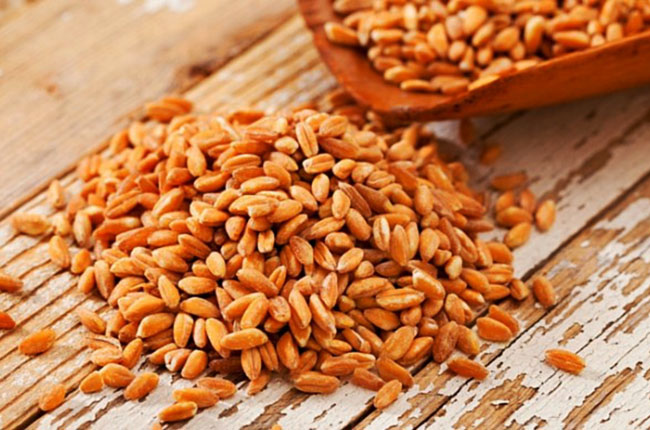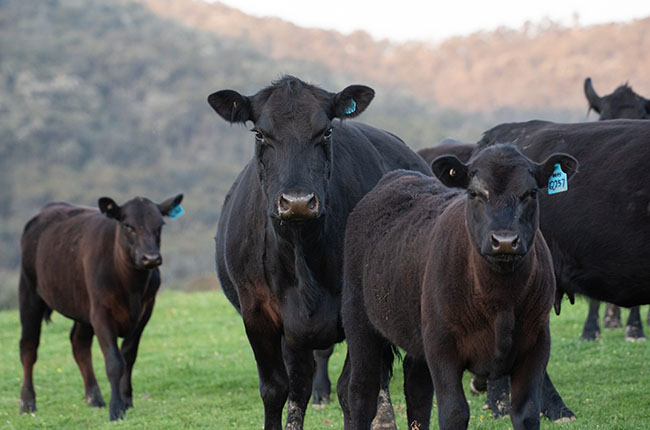Is Wheat Used for Animal Feed
Wheat is a raw material that is used for animal feed and production around the world due to its nutritional and economic value.
Wheat is one of the most widely consumed raw materials in the world. This product is used both for human food (wheat flour) and for animal feed (wheat bran). These grains, along with corn and rice, are one of the three most productive grains in the world.
Nutritional value of wheat in animal feed
Feed wheat is one of the grains with the highest amount of protein available for animal feed, which is more than corn. In addition, it has a high energy value of 3.0 to 3.5 Mcal ME (megacalories of metabolizable energy), which is an important source of energy in animal feed. Starch, a digestible polysaccharide, is the most abundant carbohydrate in wheat.
On the other hand, it is recommended that wheat have a moisture content of less than 14% to prevent problems related to digestibility and contamination with mycotoxin-producing fungi.
The amount of wheat lipids compared to corn is characterized by a low value, which has been reported as an advantage due to the reduced acidity. In addition, wheat bran is known for increasing the palatability of the food to which it is added as a raw material.

Table 1 – compositions and nutritional value of feed wheat
Finally, wheat has high fiber content with 11% compared to corn. This part of the fiber contains 4-5% of pentosan and 0.5-1% of glucan, which can have many benefits if the diet is supplemented with multi-enzyme products such as alcorzyme.
Wheat bran is an important source of minerals such as zinc, selenium, iodine, potassium, which are important elements in the diet because they participate in various physiological functions such as the immune system.
On the other hand, wheat bran provides vitamins such as thiamine, B6, folate, vitamin E and carotenoids (pigments).
Feed wheat is an excellent source of food for many stomach animals, such as ruminants. On the other hand, if the culture conditions are suitable, it has a high protein value and reaches 18%. This high protein content combined with high energy value makes wheat a good alternative to ruminant nutrition.

Table 2 – Minerals in feed wheat
Wheat, on the other hand, is high in fiber, which facilitates digestion in ruminants. However, it has been found that the supplied wheat is low in lignin and high in sugar, so its table consumption should be limited.
The maximum consumption of wheat for ruminants is 4 kg per day, which is distributed in several diets to prevent ruminal acidosis.
Due to its carbohydrate composition (the most important of which is starch), wheat has a high fermentation power in ruminants, even more so than corn.
In addition, it is recommended to eat wheat dry in the diet and well grated to improve the absorption of nutrients in ruminants.
Benefits of using livestock wheat in poultry
In poultry farming, due to the shortage of corn in some seasons, the use of wheat is common in Europe, Canada and Australia.
It should be noted that wheat has higher amounts of crude protein and amino acids such as lysine and tryptophan, but less energy than corn. In addition, wheat contains less vitamin A and biotin than corn.

For these reasons, it is not recommended to use large amounts or for long periods. In such cases, it is recommended to supplement the diet to prevent nutritional deficiencies in poultry. However, wheat is a great alternative to poultry feed because it contains gluten.
Conclusion
Wheat is one of the most widely consumed grains in the world and an excellent source of food for humans and livestock. Wheat grain is processed and two important products are obtained: wheat flour, which is used in human food, and wheat bran, which is used for animal feed.

Wheat bran is known for its nutritional properties which have high energy and protein value, low fat and lignin value. It is also an important source of minerals and vitamins for animals.
In ruminants, wheat bran is a food with good digestibility and absorption of nutrients. However, its use should be limited to prevent ruminal acidosis, as it is highly fermentable.
In the field of poultry, wheat bran is widely used in Europe and North America. It is a good alternative to corn, but it should be balanced.
In addition, wheat is of great importance in the world market. Therefore, it has a great impact on the economy of the main importers and exporters of this raw material.
Sadr Novin Khorasan Trading with a 10-year history in the field of import and export and using the experiences of food experts, brings feed wheat with the highest quality and the most appropriate price to you, dear buyers.
To buy feed wheat or to know the price of feed wheat, contact the collection experts by phone or by sending a message through the contact us page.
Related Articles :
Source: https://sadrnovinkhorasan.com/en/blog/importance-and-benefits-of-feed-wheat-in-animal-feed-production/
Post a Comment for "Is Wheat Used for Animal Feed"